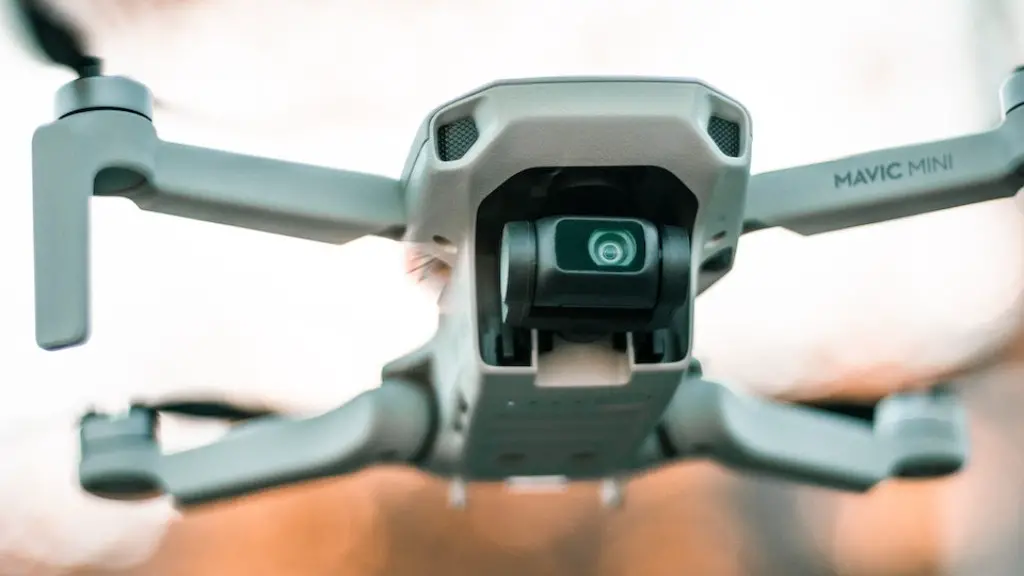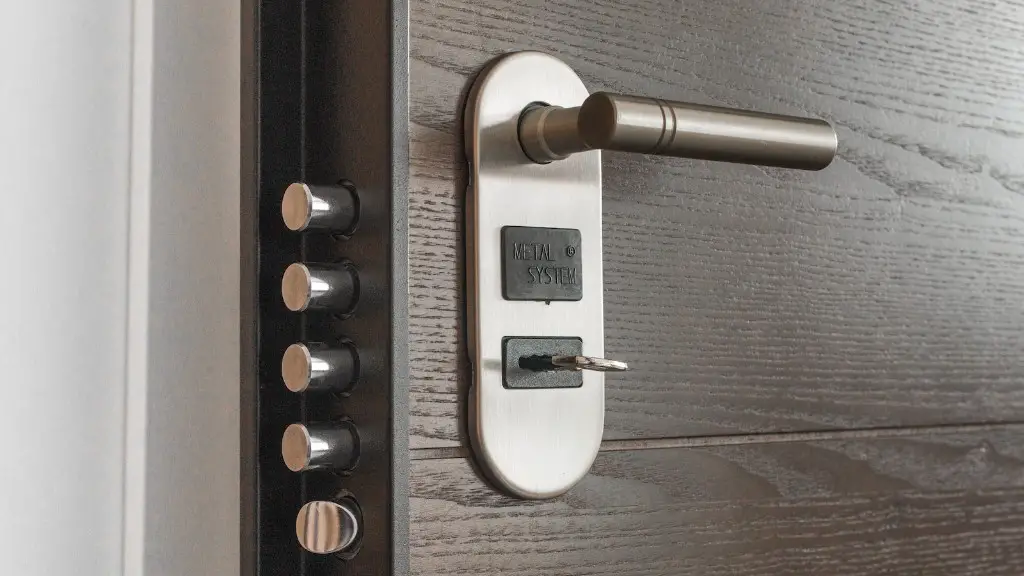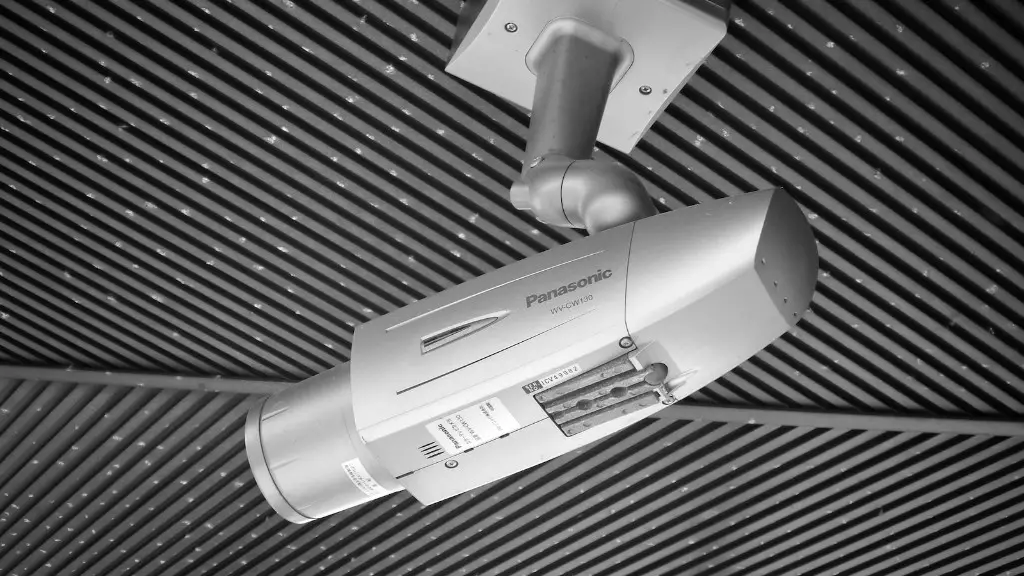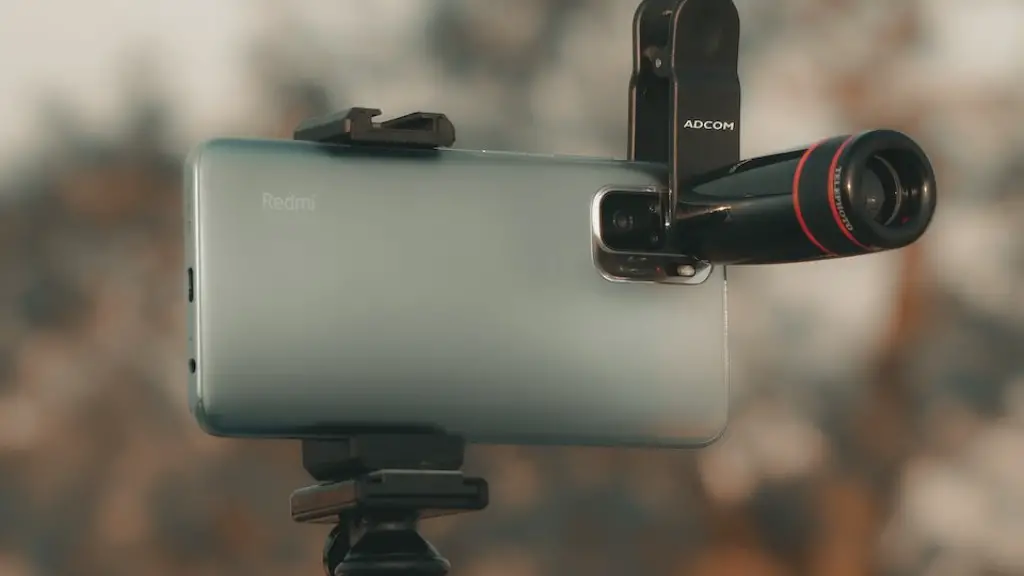No one knows for sure. The National Security Agency (NSA) is infamous for its ability to break into electronic devices and communications. If there is anyone who could figure out how to break TLS, it would be the NSA. However, there is no proof that they have actually done so.
The NSA has not announced any ability to break TLS, although they may have unannounced methods.
Can the NSA break encryption?
The Bullrun program is a top secret initiative by the NSA to crack the encryption of online communications and data. The program has been running for several years, and its existence was only recently revealed to the public. The program has been highly successful in its mission, and has been able to crack the encryption of many popular online services, including email, instant messaging, and web browsing. The program has also been used to target specific individuals and groups for surveillance.
According to Edward Snowden, the National Security Agency’s XKeyscore system can collect just about everything that happens online, even things encrypted by VPNs. This is a worrying revelation, as it means that the NSA can potentially spy on anyone who is using a VPN to try and protect their privacy online. This highlights the need for stronger encryption methods to be used by VPNs, in order to ensure that users’ privacy is truly protected.
Is it possible to decrypt TLS traffic
TLS decryption is a process where the enterprise can decrypt and inspect the traffic moving through their network. The main limitation of TLS decryption in Wireshark is that it requires the monitoring appliance to have access to the secrets used for encryption. This can be a problem if the encryption is not properly configured or if the secrets are not properly safeguarded.
TLS versions used should be TLS 12 and 13 This is because there are vulnerabilities with the earlier versions of SSL and TLS. TLS is a protocol that provides privacy and data security between two communicating computer applications. TLS 12 and 13 are the most recent versions of the TLS protocol and offer the best security.
Can NSA crack https?
The SSL Pulse project recently conducted a survey which revealed that 22% of the top 140,000 HTTPS-protected sites on the Internet are still using 1024-bit keys. This is a cause for concern as these keys can be easily broken by nation-sponsored adversaries or intelligence agencies like the NSA. It is important for website owners to switch to stronger keys in order to protect their data and user information.
The National Security Agency (NSA) has reviewed all of the finalists for the Advanced Encryption Standard (AES), including Rijndael, and has stated that all of them are secure enough for US Government non-classified data. This is a strong endorsement of the security of these algorithms, and should give confidence to anyone using them for their own data protection needs.
Can the NSA track you on Tor?
The NSA has created “fingerprints” that can detect http requests from the Tor network to particular servers. These fingerprints are loaded into NSA database systems like XKeyscore, which allows NSA analysts to see a target’s internet activity.
Police can’t track live, encrypted VPN traffic, but if they have a court order, they can go to your ISP (Internet Service Provider) and request connection or usage logs. Since your ISP knows you’re using a VPN, they can direct the police to them.
Can the NSA watch you
The NSA can allegedly access your devices through built-in backdoors. So they could easily hear you through your mic, just as they could see you through your built-in, internet-connected cameras. They can also track where you are or where you go if you have your location services enabled.
A new attack on the TLS protocol could allow attackers to break its encryption and expose web users’ sensitive documents. Researchers have not yet released any details on how this attack would work, but it is important to be aware of the possibility. If you are using TLS to protect your data, you should take steps to ensure that your implementation is secure.
Can TLS be sniffed?
The wolfSSL library has a very useful tool for sniffing TLS traffic. This can be used to capture and decrypt live or recorded PCAP traces when at least one of the keys is known. Typically, a static RSA ciphersuite would be used, however, with TLS v1.3, only Perfect Forward Secrecy (PFS) ciphers are allowed.
TLS interception targeted against specific websites has been observed from countries in the Middle East. However, MITM attacks that involve compelled certificate creation are expected to be rare as the expected consequence on detection would be for the CA in question to have its root certificate revoked. This would then block access to all websites that use that CA’s certificates, which would be a major inconvenience for users in the country where the attack took place.
Is TLS 1.0 exploitable
The BEAST attack is a serious security issue for any organization that uses SSL/TLS 10 or older. This attack can allow attackers to decrypt HTTPS traffic and obtain sensitive information, such as authentication tokens. Organizations should upgrade to a newer SSL/TLS protocol to protect against this attack.
Microsoft is disabling TLS 10 and 11 for its Microsoft 365 service as of June 30, 2023. This is due to the insecurity of these protocols and the fact that they are no longer actively maintained. Microsoft recommends that users upgrade to a more recent version of TLS as soon as possible.
What are the weaknesses of TLS?
TLS (Transport Layer Security) is a secure encryption protocol that is used to protect data in transit. However, there are some disadvantages to using TLS. Firstly, TLS connections have higher latency compared to other secure encryption protocols. A StackPath study revealed that connections encrypted by TLS have a 5ms latency compared to those that have not been encrypted. Secondly, older TLS versions are still vulnerable to MiM (Man-in-the-Middle) attacks. Finally, few platforms support TLS 13, the latest version of the TLS protocol.
The NSA’s telephone record program, conducted under Section 215 of the Patriot Act, allows it to collect metadata of phone calls, including phone numbers, time stamps, and other identifying information. This program was first revealed to the public in 2013, and has been the subject of intense public scrutiny and debate ever since.
Final Words
The short answer is yes, the NSA can break TLS. However, doing so requires a lot of time, effort, and resources. In addition, the NSA is not the only organization with the ability to break TLS; there are many other intelligence agencies and private companies with similar capabilities.
The answer to this question is still unclear, as the NSA has not released any information on their methods for breaking TLS. However, given their resources and expertise, it is possible that they have developed a way to decrypt TLS-protected data.





